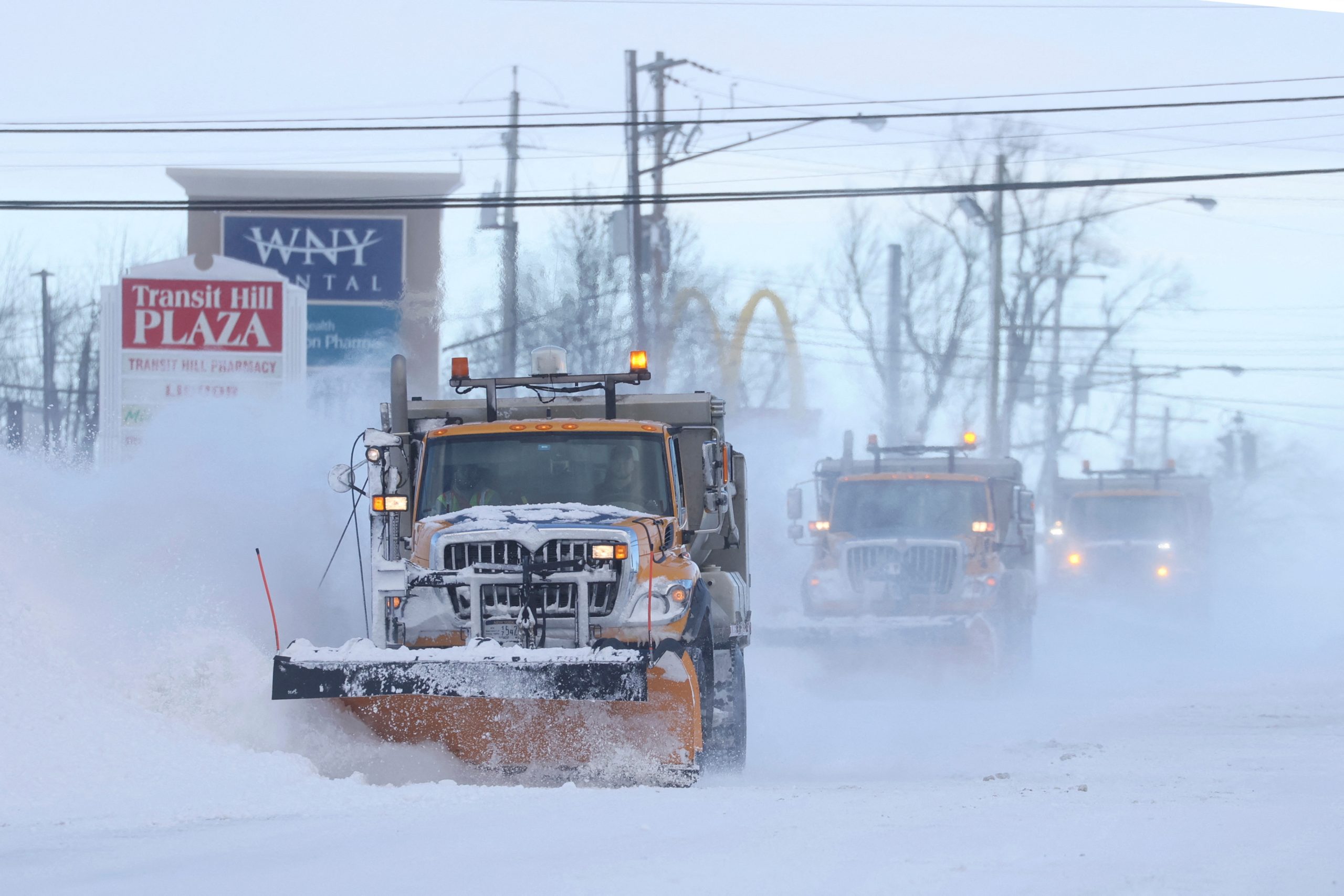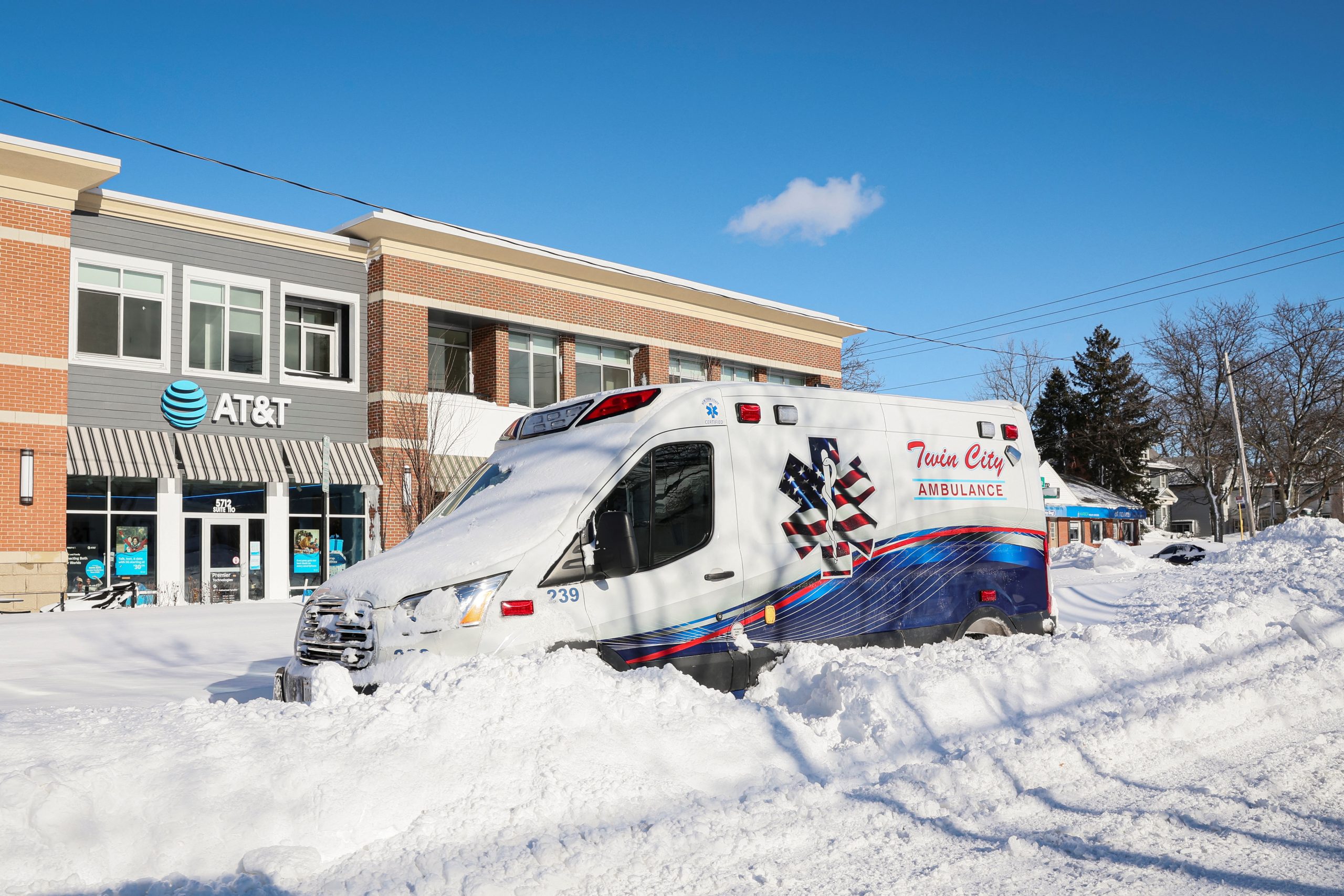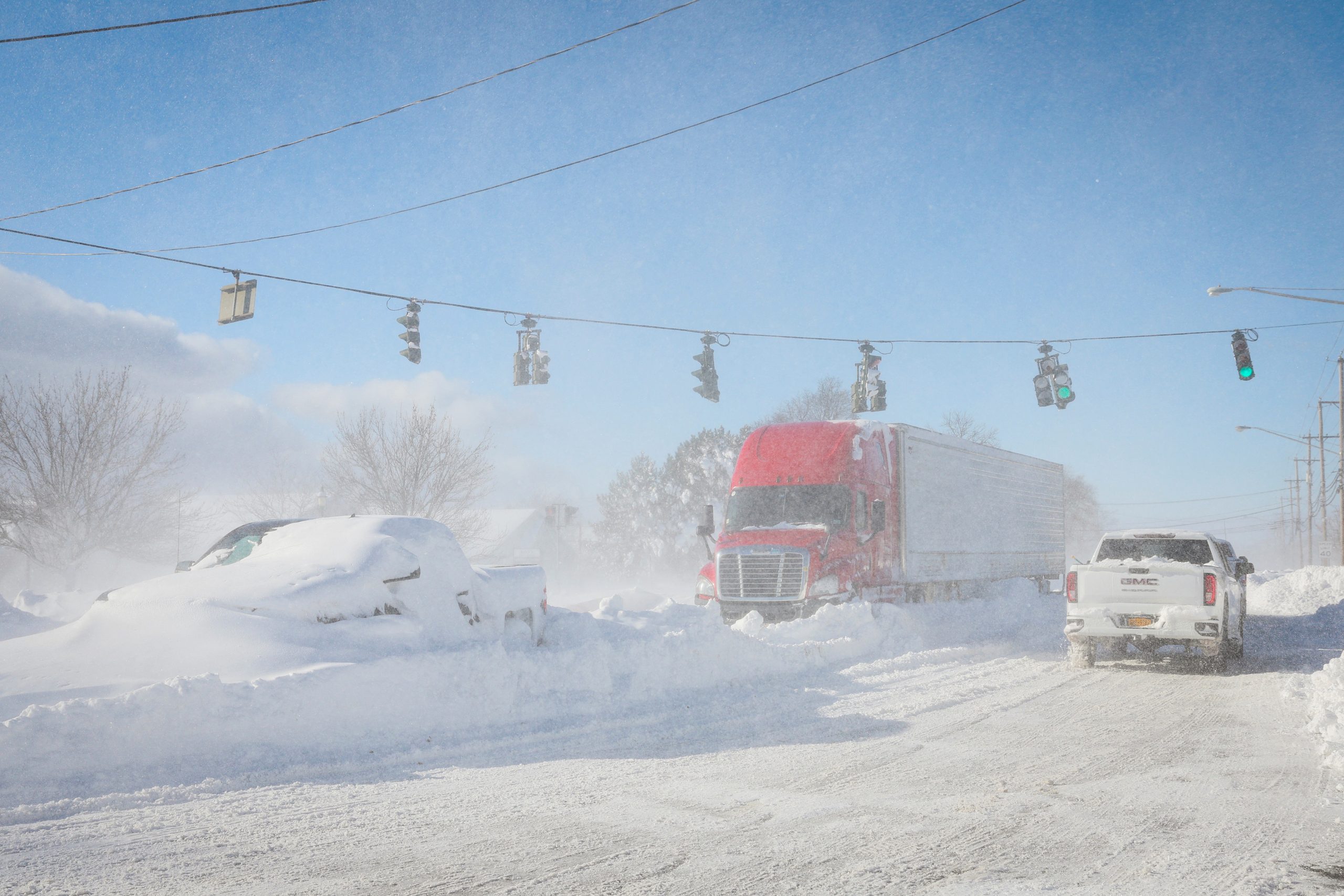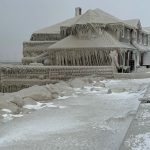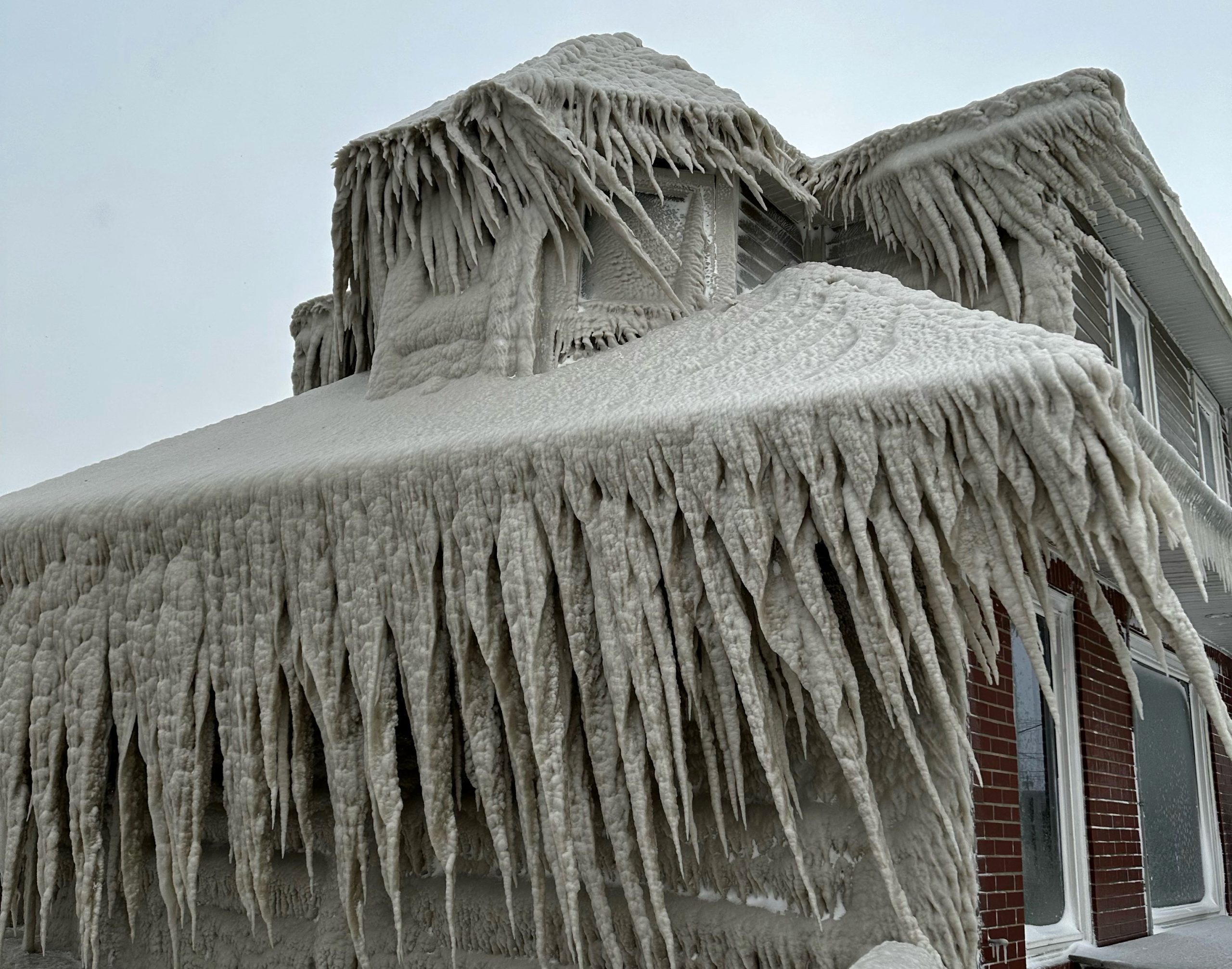
[elfsight_social_share_buttons id=”1″]
A lethal blizzard paralyzed Buffalo, New York, on Christmas Day, trapping motorists and rescue workers in their vehicles, leaving thousands of homes without power, and raising the death toll from storms that have chilled much of the United States for days.
At least 50 people have died in U.S. weather-related incidents, according to an NBC News tally, since a deep freeze gripped most of the nation, coupled with snow, ice, and howling winds from a sprawling storm that roared out of the Great Lakes region on Friday.
Much of the loss of life has centered in and around Buffalo at the edge of Lake Erie in western New York, as numbing cold and heavy “lake-effect” snow — the result of frigid air moving over warmer lake waters — persisted through the holiday weekend.
Erie County Executive Mark Poloncarz said the storm’s confirmed death toll climbed to 25 on Monday, up from three reported over Christmas Eve night in the Buffalo region. The latest victims included some found in cars and some in snow banks, Poloncarz said, adding that the death tally would likely rise further.
“This is not the Christmas any of us hoped for nor expected,” Poloncarz said on Twitter on Sunday. “My deepest condolences to the families who have lost loved ones.”
New York Governor Kathy Hochul called it an “epic, once-in-a-lifetime” weather disaster that ranked as the fiercest winter storm to hit the greater Buffalo area since a crippling 1977 blizzard that killed nearly 30 people.
“We have now surpassed the scale of that storm, in its intensity, the longevity, the ferocity of its winds,” Hochul told an evening news conference, adding that the current storm would likely go down in history as “the blizzard of ’22.”
RESCUING THE RESCUERS
The latest blizzard came nearly six weeks after a record-setting but shorter-lived lake-effect storm struck western New York.
Despite a ban on road travel imposed since Friday, hundreds of Erie County motorists were stranded in their vehicles over the weekend, with National Guard troops called in to help with rescues hindered by white-out conditions and drifting snow, Poloncarz said.
Many snow plows and other equipment sent on Saturday and Sunday became stuck in the snow, “and we had to send rescue missions to rescue the rescuers,” he told reporters.
The Buffalo police department posted an online plea to the public for assistance in search-and-recovery efforts, asking those who “have a snowmobile and are willing to help” to call a hotline for instructions.
The severity of the storm was notable even for a region accustomed to harsh winter weather.
Christina Klaffka, 39, a North Buffalo resident, watched the shingles blow off her neighbor’s home and listened to her windows rattle from “hurricane-like winds.” She lost power along with her whole neighborhood on Saturday evening and was still without electricity on Sunday morning.
“My TV kept flickering while I was trying to watch the Buffalo Bills and Chicago Bears game. I lost power shortly after the 3rd quarter,” she said.
John Burns, 58, a retiree in North Buffalo, said he and his family were trapped in their house for 36 hours by the storm and extreme cold that he called “mean and nasty.”
“Nobody was out. Nobody was even walking their dogs,” he said. “Nothing was going on for two days.”
Snowfall totals were hard to gauge, he added, because of fierce winds that reduced accumulation between houses, but piled up a 5-foot (1.5-meter) drift “in front of my garage.”
Hochul told reporters on Sunday that the Biden administration had agreed to support her request for a federal disaster declaration.
About 200 National Guard troops were mobilized in western New York to help police and fire crews, conduct wellness checks, and bring supplies to shelters, Hochul said.
ELECTRICITY HIT HARD
The larger storm system was moving east on Sunday, after knocking out power to as many as 1.5 million customers at the height of outages late last week and forcing thousands of commercial flight cancellations during the busy holiday travel period.
More than 150,000 U.S. homes and businesses were without power on Sunday, down sharply from the 1.8 million without power as of early Saturday, according to PowerOutage.us. In Buffalo, 15,000 residents were still without electricity on Sunday evening, Poloncarz said.
He said one electrical substation knocked offline was sealed off by an 18-foot-tall mound of snow, and utility crews found the entire facility frozen inside.
Christmas Day temperatures, while beginning to rebound from near-zero readings that were widespread on Saturday, remained well below average across the central and eastern United States, and below freezing even as far south as the Gulf Coast, National Weather Service (NWS) meteorologist Rich Otto said.
Nearly 4 feet of snow was measured at Buffalo airport by Sunday, according to the latest NWS tally, with white-out conditions lingering south of Buffalo into the afternoon as continuing squalls dumped 2-3 inches of snow an hour.
In Kentucky, officials confirmed three storm-related deaths since Friday, while at least four people were dead and several injured in auto-related accidents in Ohio, where a 50-vehicle pileup shut down the Ohio Turnpike during a blizzard on Friday.
Other deaths related to extreme cold or weather-induced vehicle accidents were reported in Missouri, Tennessee, Kansas, and Colorado, according to news reports.
Copyright 2022 Thomson/Reuters

